Starship orbital test flight: The most powerful rocket ever flown!
Why is it considered a success?
SpaceX performed its first launch of the Starship spacecraft and Super Heavy first stage booster, named the Starship Flight Test, on April 20, 2023. The rocket successfully lifted off and cleared the launch tower, making it the tallest and the most powerful rocket ever flown — twice the thrust of the magnificent Saturn V rocket. Just before the stage separation, however, the rocket was destroyed.
Let’s discuss this in a bit detail. What was the actual plan, what happened and why it is considered a “success”.
The Plan
The intended course for the Starship was to reach the transatmospheric orbit (TAO), which was estimated to be approximately 250 x 50 km. The inherent atmospheric drag in the TAO was expected to decay the Starship orbit causing it to re-enter the atmosphere after flying for approximately 1 hour and 17 minutes, almost completing a full orbit. For this particular test, both the rocket stages— Ship 24 and Booster 7, were to be discarded after making controlled touchdowns on the ocean surface.
Check this video for the animated trajectory.
The Test
The rocket launched from the Starbase launch site near Boca Chica, Texas, at 8:33 am CT. At around liftoff, the rocket had already lost 3 of its 33 booster Raptor engines. The video footage showed some debris flying upwards from the launch pad at the time of launch, which might have been the cause for, at least, the two outer engines cut-off.
Despite this the vehicle cleared the launch tower. Another 5 engines appeared to be lost during the subsequent flight. About three minutes into the flight, just prior to stage separation, the rocket started to tumble out of control. The flight termination system was activated, destroying it over the Gulf of Mexico almost four minutes after launch.
Success? Yes!
Before the launch, Elon Musk had given a 50% chance for a successful test, proclaiming that should the vehicle get "far enough away from the launchpad before something goes wrong, then I think I would consider that to be a success. Just don’t blow up the launchpad.”
The Starship got as far as MECO and stage separation, which is where everything went sideways and not as intended. When you’re testing a brand-new rocket, there’s a very high chance of blowing up at launch pad, if not that then clearing the pad but then tipping over and blowing up, and if not that then blowing up at max Q.
The fact they made it past max-Q all the way to MECO before things went haywire, is a major win!
Iterative and incremental development
One of the fundamental difference in the mode of operation of SpaceX versus other firms is the iterative and incremental developmental approach to designing the rockets. In fact, SpaceX was the first to bring this approach (which originated from software development) to the rocket industry. So we must not forget, SpaceX is developing Starship also using iterative design principles, aiming to build and test several prototypes at a fast pace.
Elon has already tweeted about the next launch in “a few months”.
What do you think will be the result of that test? Will the coveted “orbit” be achieved? Share your thoughts in the comments.



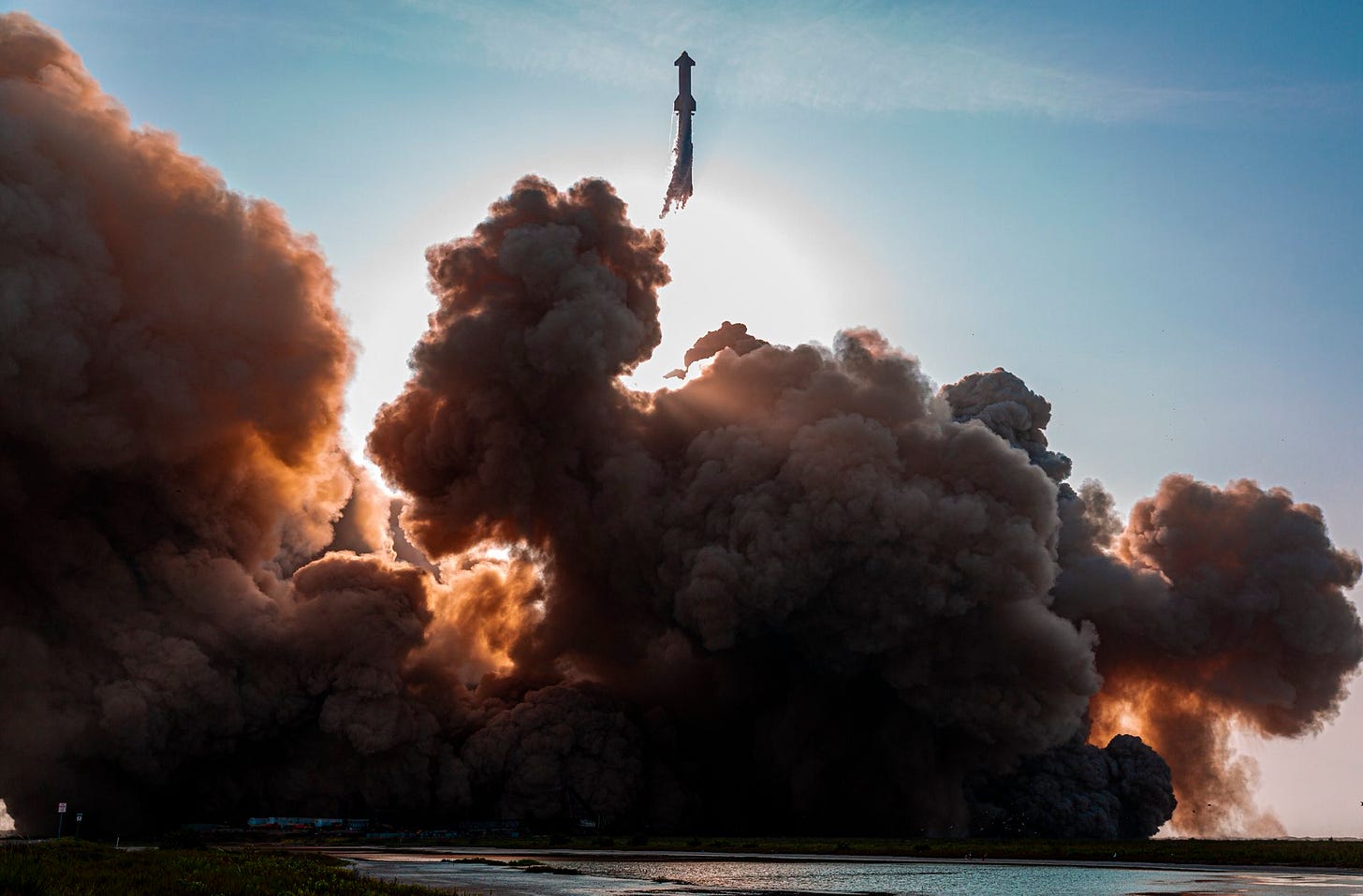
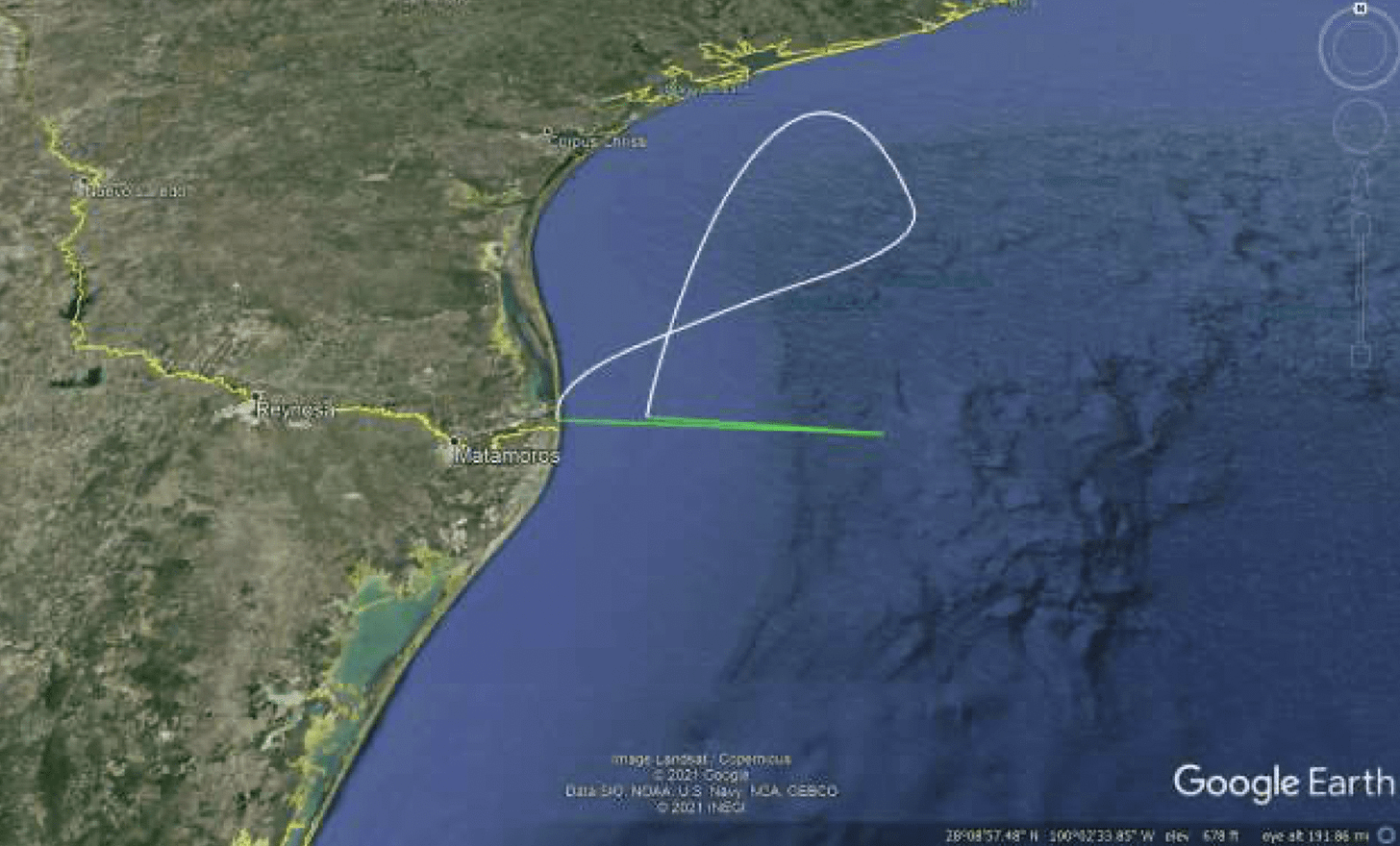
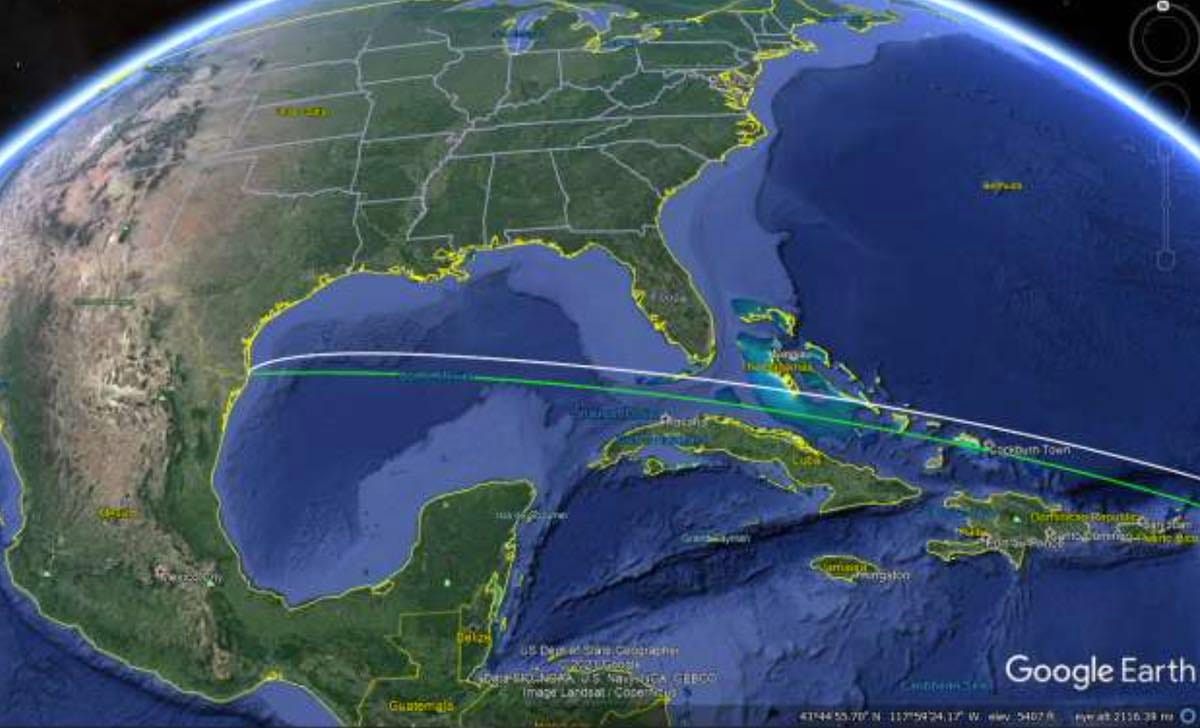
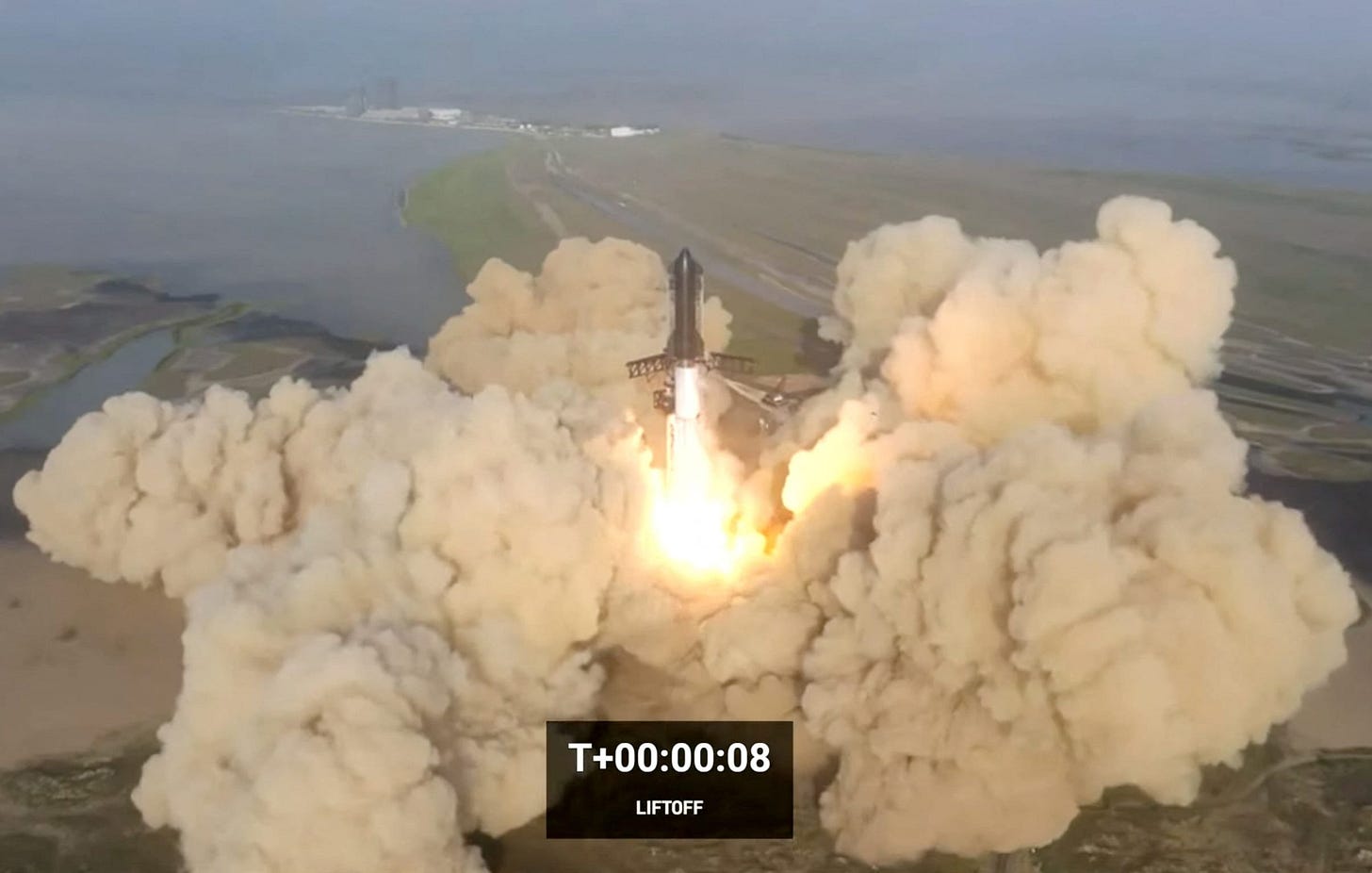
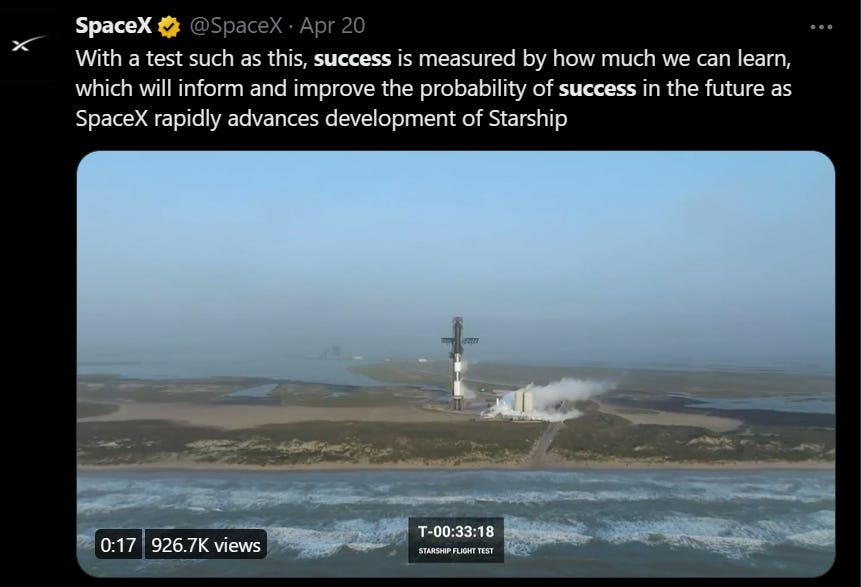
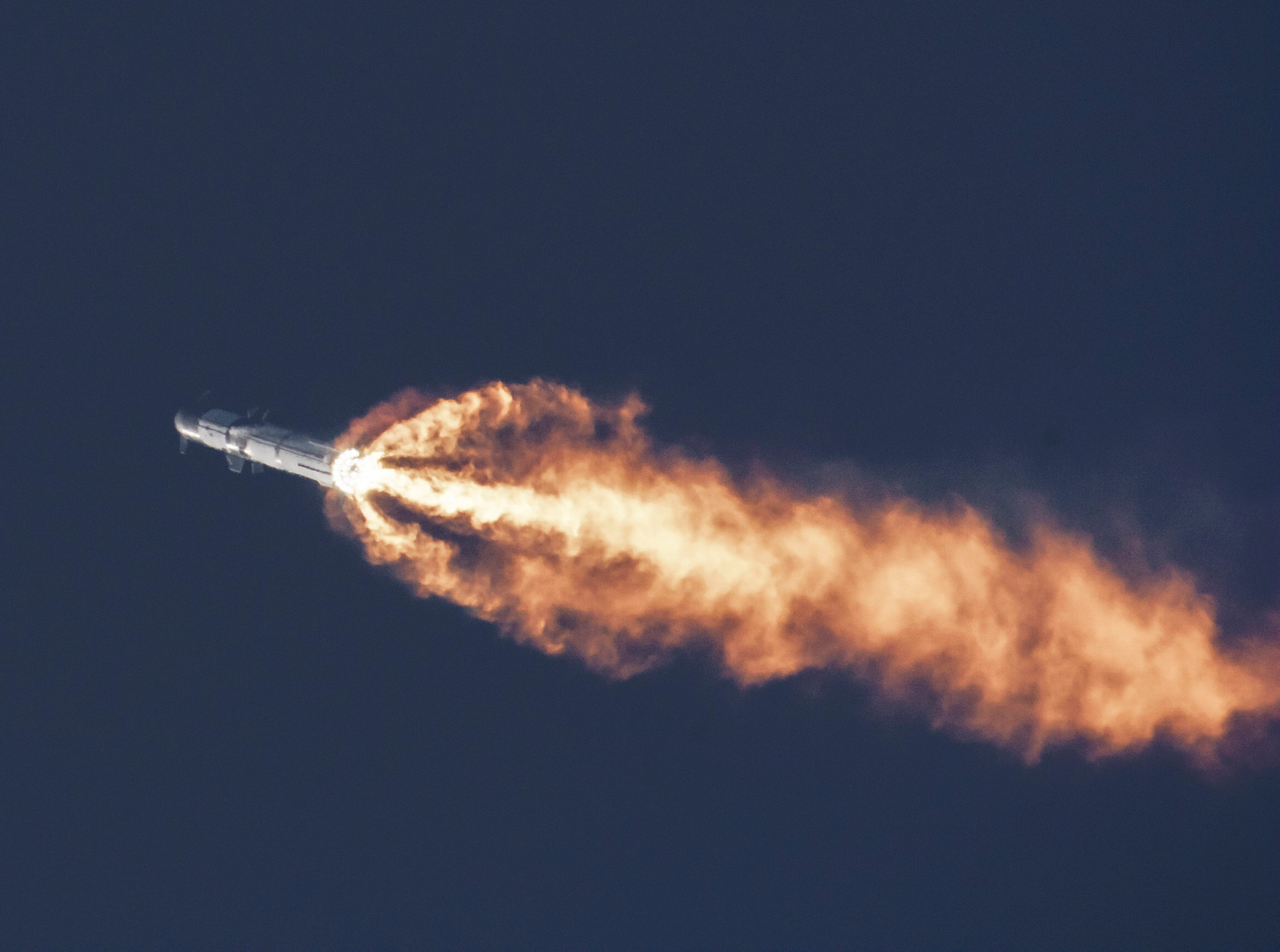
The operative phrase here is "Just don’t blow up the launchpad." They did, kinda, blow up the launchpad. The OLM is likely damaged beyond repair and is going to require significant redesign.
Thus, the launch was a mixed bag. My initial impression was that it was a stunning success, the rocket performed well for a very experimental platform, but the damage to the OLM means we are lucky to see another test flight this year. With that said, I expect that flight to reach orbit.